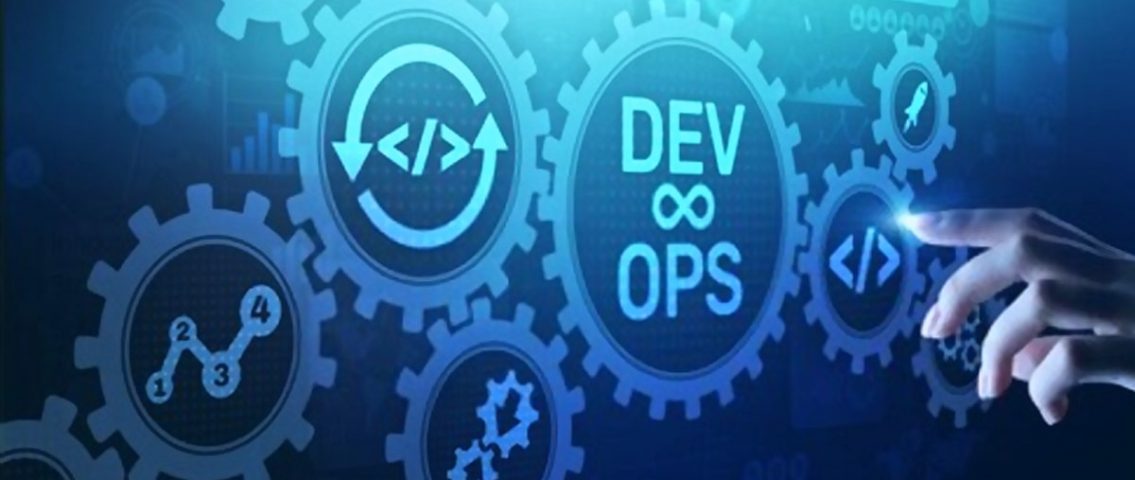No Time for Downtime: 5-point Google Cloud DevOps Services Observability

Audio : Listen to This Blog.
Even with the greatest DevOps resources in place, a misalignment with new technologies and customer expectations may be disastrous for an organization. Downtime is not only a nasty word in the IT sector, but it is also a very expensive one. As organizational objectives shift and the need for additional services to satisfy consumer demands grows, IT teams are obliged to deploy apps that are more contemporary and nuanced. Unfortunately, recent outage incidents for services ranging from airline reservation systems to streaming video to e-commerce have resulted in loss of millions of dollars and endless hours of work. Cloud tools were also disrupted, causing numerous third-party services to fail and greatly impeding corporate operations that rely on them. Consequently, it is imperative for the DevOps teams to ensure top-notch measures for zero-downtime and outages while achieving the cultural and technical prowess they work relentlessly for.
Google Cloud DevOps Services have the necessary tools and resources that emphasizes the need to monitor underlying architecture and foundation of a DevOps system. While a lot of contemporary DevOps services fail to deliver the desired performance quality for code scanners, pipeline orchestration, and even IDEs Google DevOps services might offer the require frameworks seek and root out the single points of failure for IaaS/SaaS services. So, let us take a look at some of the prime monitoring and self-healing features of Google Cloud DevOps that can help with ensuring uninterrupted service performance.
Google DevOps Monitoring and Observability
Google DevOps services understand the role of Monitoring for high-performing DevOps teams. Comprehensive Monitoring can make the CI/CD pipeline more resilient to unforeseen incidents of outages and downtime. For the DevOps team to assist in managing the rising complexity of automating optimal infrastructure, integration, testing, packaging, and cloud deployment it is essential that the observability and Monitoring is taken seriously.
Here’s some idea about how Google DevOps ensure the required monitoring and observability standards:
- Infrastructure monitoring: The infrastructures are monitored for any indicators related to data centers, networks, hardware, and software that might be showing signs of service degradation.
- Application monitoring: Along with the application health in terms of availability and performance speed, Google DevOps resources also observe the performance capacity and unexpected behaviors by the application to predict any future downtime scenarios
- Network monitoring: Networks can be prone to unauthorized access and unforeseen activities. Therefore, the monitoring resources are invested in access logs and undesirable network behaviors like traffic, scalability etc.
Systematic Observation
Google DevOps takes a rather sophisticated approach to ensure impeccable Monitoring and observability. This can be understood with 5 specific points:
- Blackbox Monitoring: A sampling-based approach is employed to monitor particular target areas for different users or APIs. Usually blackbox monitoring is supported by a scheduling system and a validation engine that ensure regular sampling and response checks.
- Whitebox Monitoring: Unlike Blackbox monitoring, this one doesn’t only deal with response check. It goes deeper to observe more intricate points of interests – Logs, Metrics, and Traces. This gives a better understanding regarding the system state, thread performance, and event spans.
- Instrumentation: Instrumentation is concerned with the inner state of the system. Log entries and event spans with varying gauges can be observed to get detailed data about the systems states and behavioral characteristics.
- Correlation: Correlation essentially takes in the different data and puts them together to see a single pattern that can connect the different data points to present the report on the fundamental behavior and requirements of the system
- Computation: Finally, the points of correlation are aggregated for their cardinality and dimensionality that would give the precise report for the real-time dynamic functioning of the system and the related metadata to work on it.
Therefore, with these 5 points of observability, Google Cloud DevOps Services make sure that the system is monitored through-and-through to eliminate any possible outages scenarios in future.
Conclusion
We can all agree that decreasing downtime while lowering costs is critical for any organization, thus bringing on a DevOps team to drive innovation should be a top priority for every company. IT outages are unaffordable for businesses. Instead, they must guarantee that a solid DevOps foundation is established, and that their goals are matched with those of IT departments in order to complete tasks quickly and efficiently while reducing the chance of failure. Downtime is no longer only an IT issue, it is now a matter of customer service and brand reputation. Investing in skills and technologies to limit the possibility of downtime in today’s app-centric, cloud-based world is money well spent.
